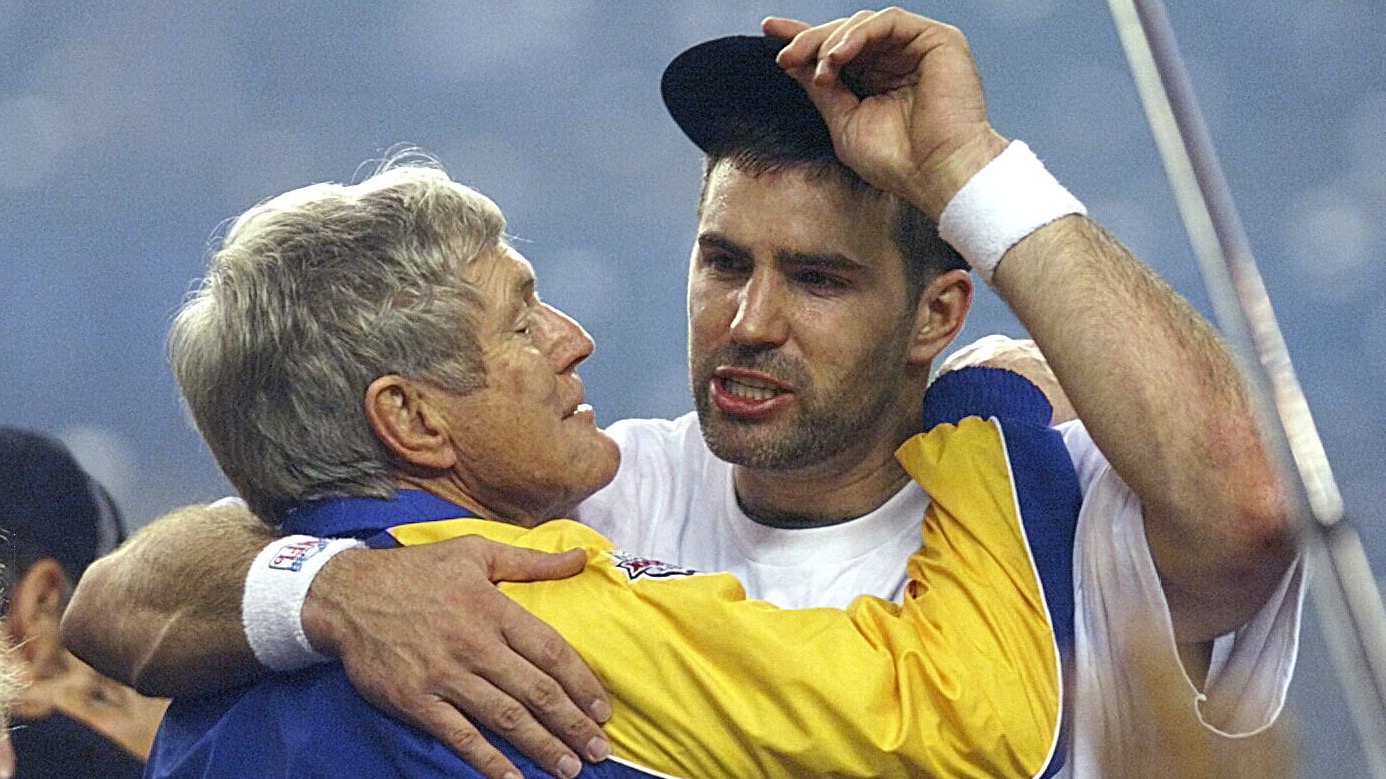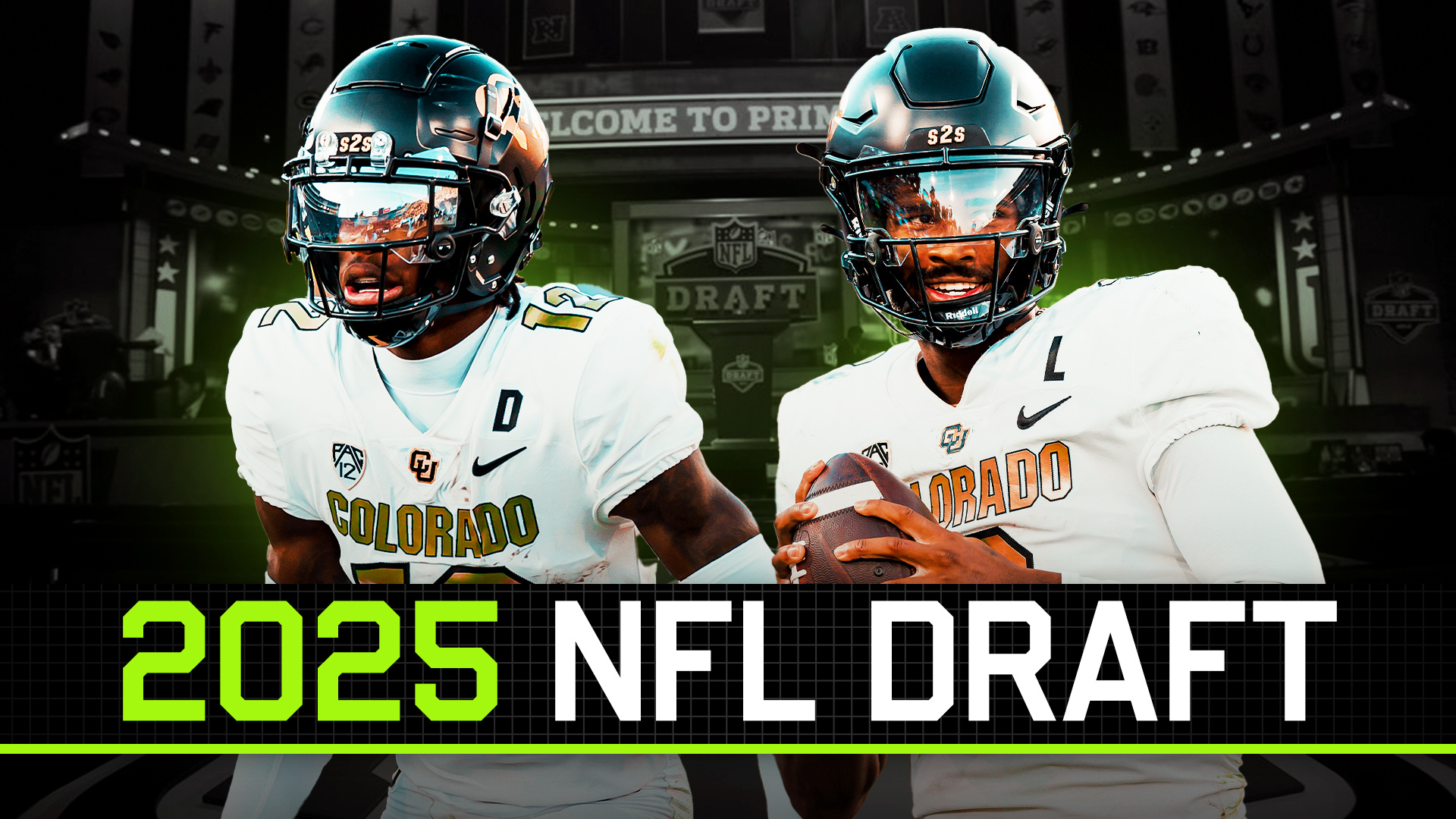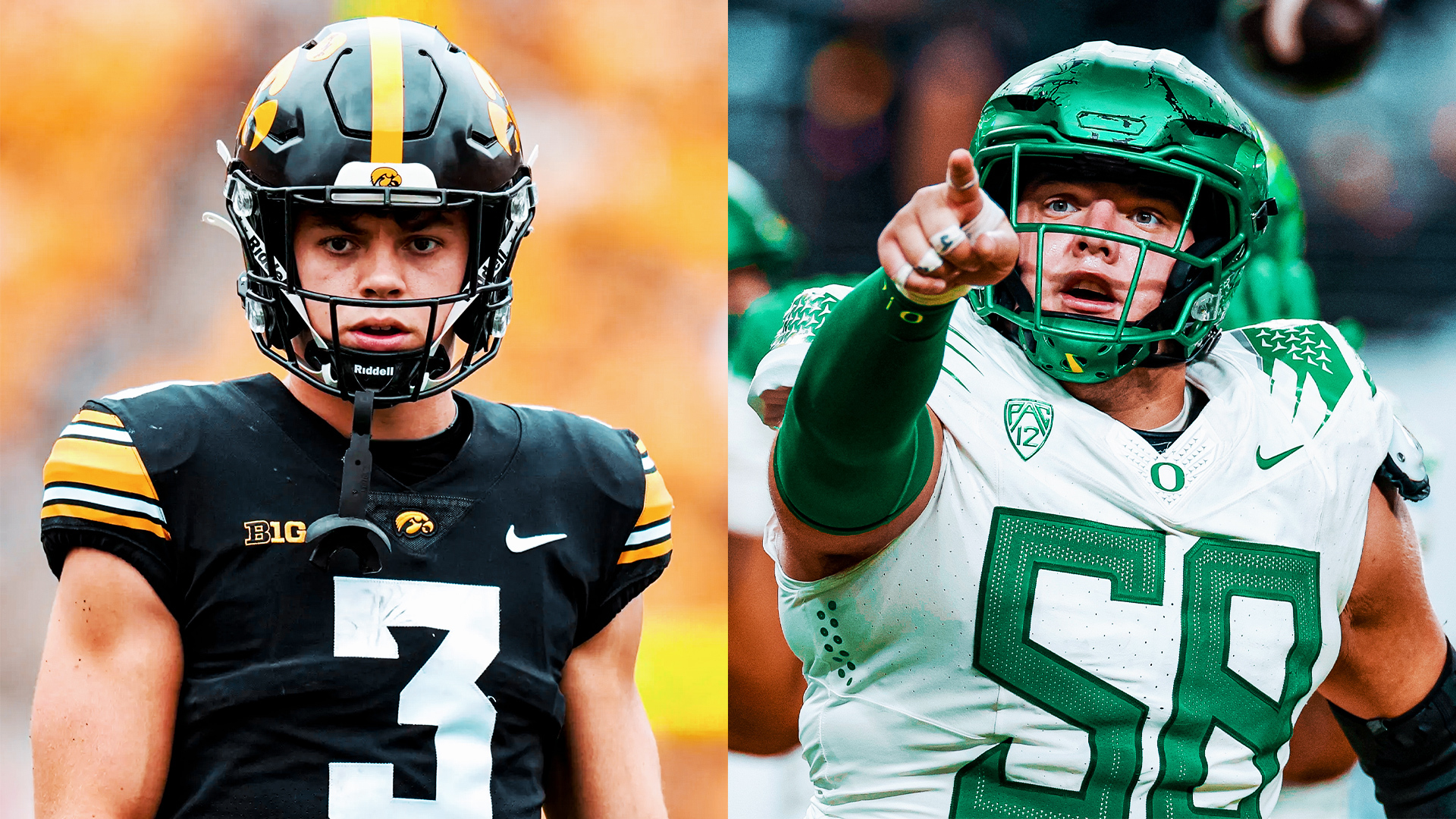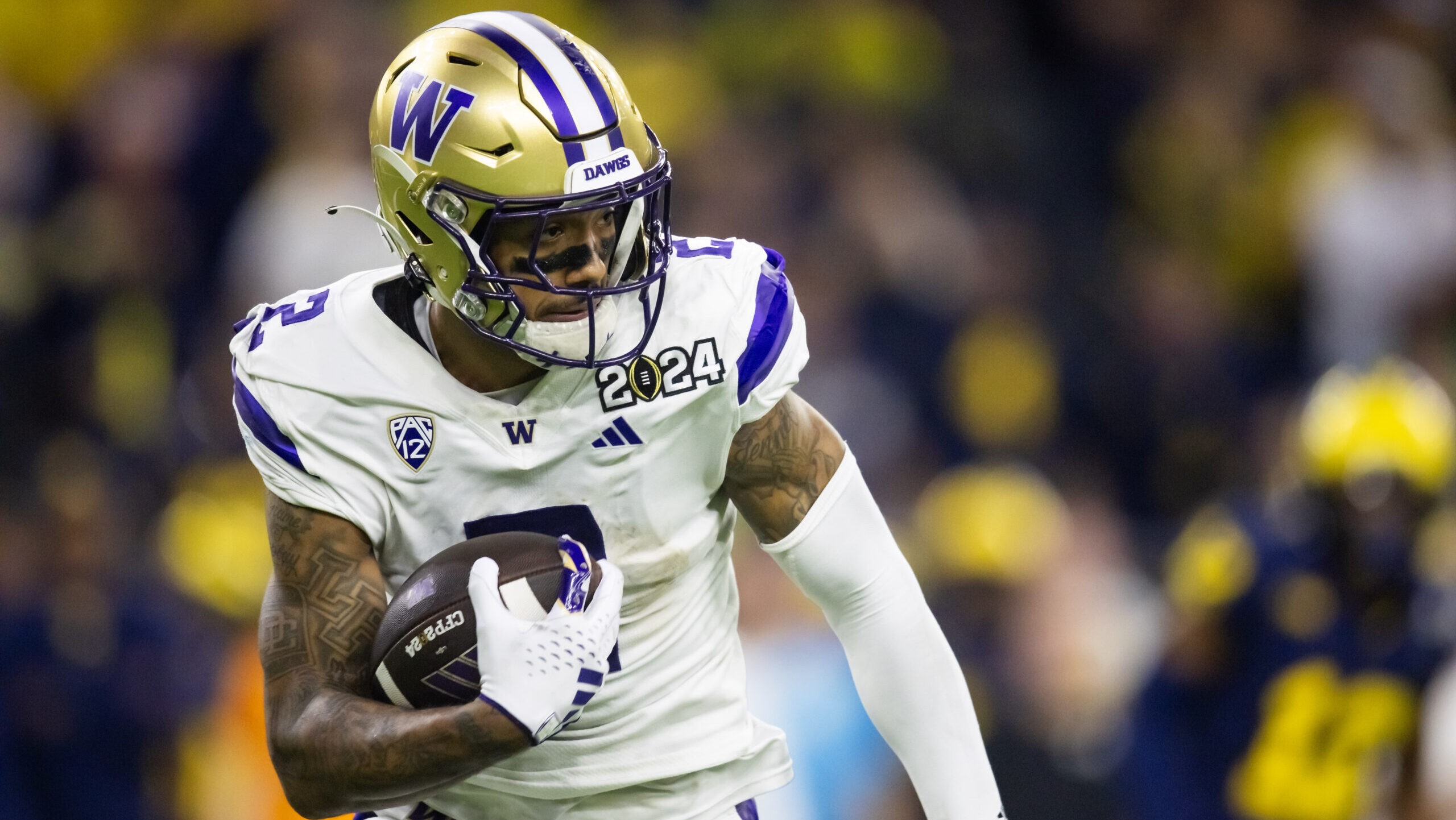Analysis
8/16/23
8 min read
What Do NFL Executives Look for in Preseason?
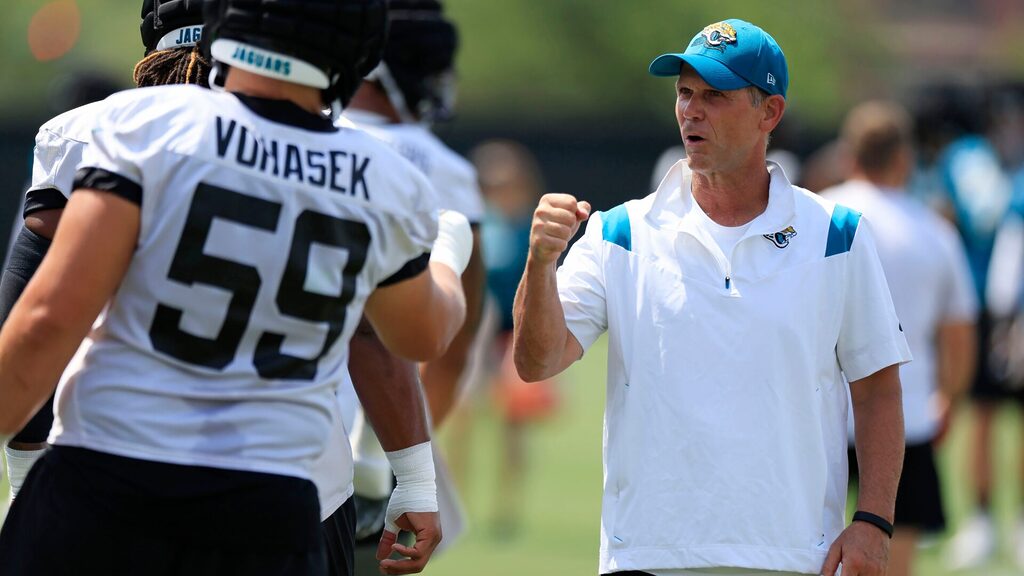
There are multiple issues the general manager must confront during the preseason. Some are obvious while some escape public and media discussion.
The most obvious is roster construction, which includes the final cut to 53 players. That cut follows the third preseason game. Along with the cut comes the waiver claiming period, where a club can “claim” from among the cuts of other clubs if they believe a player upgrades them. The final step in this process is practice squad construction.
The pro scouting department does all the evaluative spade work for the acquisition of players during this time. The general manager, if he’s a football man, is neck-deep in this process as well.
The head coach and his staff have a large role in determining the final 53, with input from senior personnel executives. In the end, the final decision rests with the head coach and the general manager. We will discuss this detail-oriented and strategic process in future articles.
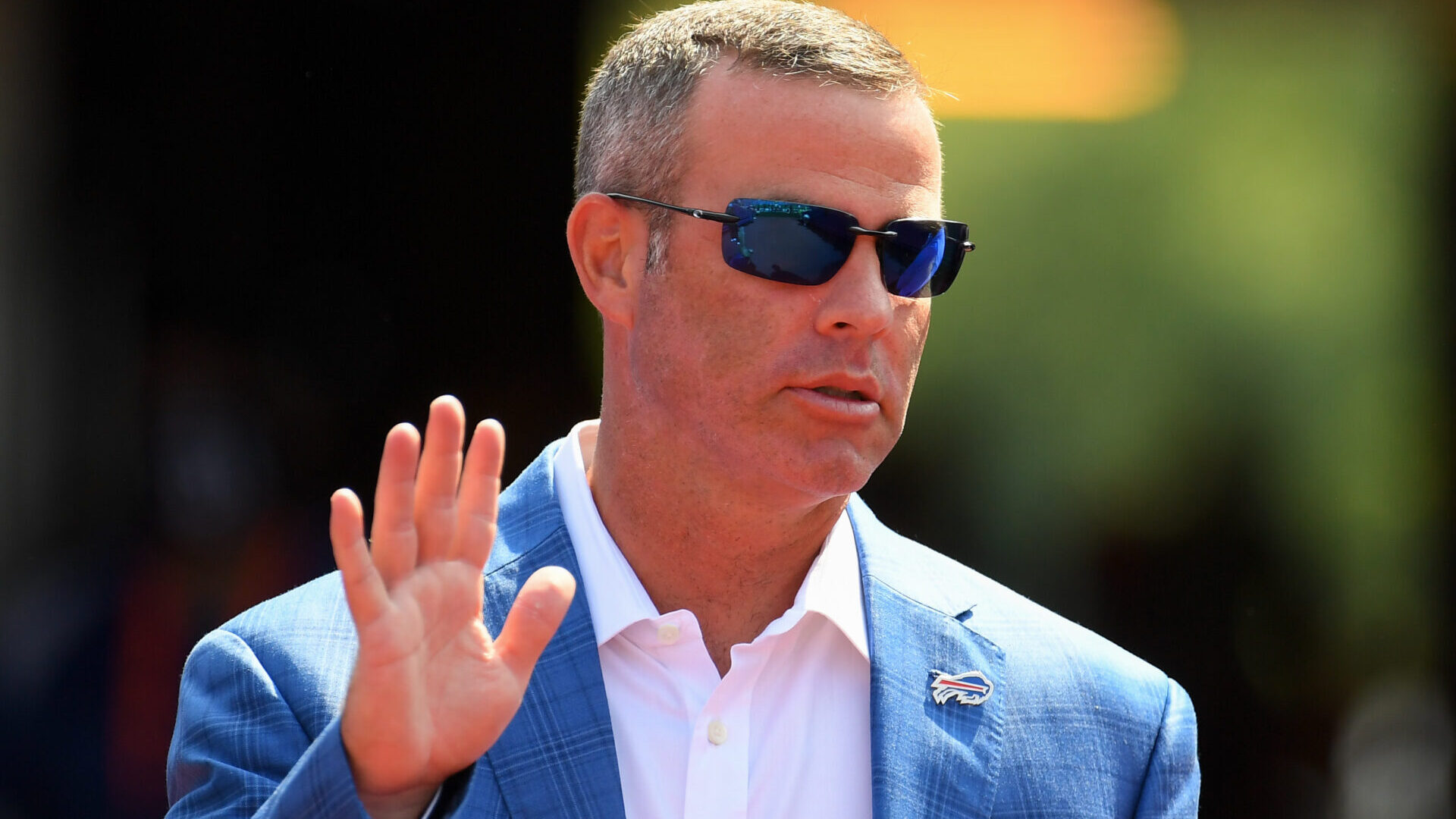
A Team's Stage of Growth
Currently, the general manager’s focus is largely dependent on his team’s stage of growth. If you are, for example, Buffalo Bills general manager Brandon Beane, your focus is on augmenting a roster that is a genuine contender for the big prize. The Bills have few glaring weaknesses and a stable roster. Beane and coach Sean McDermott could have a position or two they would like to upgrade.
Because of the salary cap, no one in the NFL has enough depth. As a result, Beane, like every other general manager, is always looking to add quality backups, either as injury replacements or waiver claims.
All work to evaluate players is done via game tape. Every team in the league gets a copy of every other club’s preseason games. Every football person in the building has access to that. When I was a general manager, fans often asked if I had seen so-and-so from another team play on TV. The questioner was usually surprised when the answer was “No.”
I watched tape of our opponents and, of course, of our games. I went through our own game three times. The first was an overview of total team performance. We weren’t concerned about the score but how our individual units did in their matchups against the opponent.
The second was the evaluation of individual players who were veteran backups and rookies. The third was an individual evaluation of non-assured starters on our opponents’ squad returning to the focus of a general manager of an established contender.
God forbid a key starter sustains an injury in the preseason that will cause him to miss significant regular-season time. That occurrence puts the general manager and his staff in trade mode. Calls go out to counterparts around the league as to who might be available at the injured player’s position. The price — usually draft choices — is always steep, and the acquired player’s salary must fit the club’s cap situation. With a contender, that is not an easy task.
GMs Look at the Bigger Picture
General managers are not concerned about preseason records but are focused on solving the long-term problems that invariably crop up. In this injury crisis, a general manager is caught between trying to “get by” with a backup or upgrade with a quality vet at a meaningful cost of future draft choices. If the significant starter is gone for the season and his backup is not good enough to win it all, you have no choice as a general manager of a contender.
As the great baseball GM Branch Rickey said, “The only one you can win is the one you can win now.” You must try to upgrade, no matter the price.
If the injured starter can get back at some reasonable point in the season, you might try to “hold the fort” with an in-house backup or waiver claim, but that is a gamble. Medicine is not an exact science. What the doctors think is an eight-week recovery could become a season-ender.
We endured this nightmare with the Indianapolis Colts when All-Pro safety Bob Sanders was injured in the preseason. We decided to ride it out since no one remotely close to Bob’s skill level was available on our squad or via trade or waiver claim.
Fortunately, Bob returned for the playoffs. We became a totally different defense and, as a wild card, went on to win the Super Bowl. Lady luck smiled upon us, but not without lots of sleepless nights as the prelude.
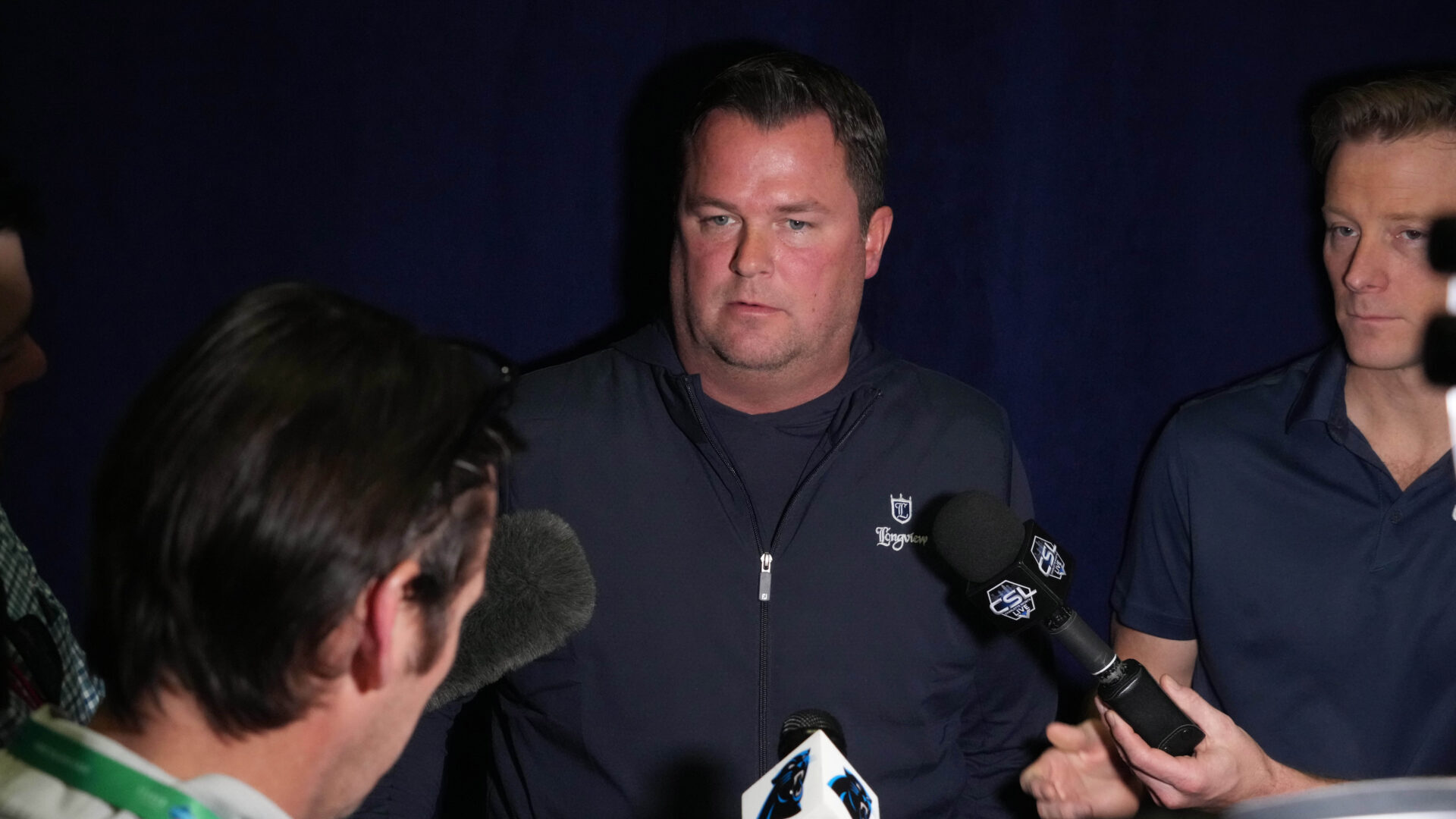
Dealing With Many Issues
An entirely different situation faces Carolina Panthers general manager Scott Fitterer. He has a new head coach in Frank Reich, new coordinators and new systems on offense and defense. His team was 7-9 last year, and many of the veteran players returning this season might not fit those systems.
In addition, he smartly acquired the first pick of the draft and used it on rookie quarterback Bryce Young. The downside is that this left the Panthers with less than a full complement of draft choices to help fill significant needs on the roster.
That leaves Scott and his capable assistant GM, Dan Morgan, along with the pro personnel staff, to deal simultaneously with four distinct problems.
The first is to find quality players from the existing squad, but some will no doubt come from waiver claims or low-priced trades. It should be noted that a large majority of difference-makers, such as Young, will have to come from future drafts. Game-changing edge rushers, No. 1 wide receivers and ball-hawking cornerbacks are rarely on the waiver wire.
The second task is to work with Reich and his staff in utilizing — if only in circumscribed roles — quality inherited or acquired players who are not total system fits. A running back might not be what you want on the field every down but might be productive on third down as a receiving back. An undersized defensive end or outside linebacker could be subpar in base packages but can be a contributor as a “designated pass-rusher.”
The general manager and his staff must work closely with the head coach, particularly the special teams coach, to identify these players and get them preseason playing time in these specialist roles. This requires hard work, great communication and diplomacy.
Coaches, particularly coordinators, understandably shy away from incomplete players because they don’t want those players’ deficiencies exploited by the opposition. It takes creativity to develop such role players, but the results can be spectacular, as epitomized by Haason Reddick of the Philadelphia Eagles.
Third, the general manager and his staff must be communicating constantly with all their counterparts in the league to see what player trades might fill a need. This is a daily task for everyone in the front office.
Fourth, the general manager and pro scouting group must prepare a priority acquisition board that consists of players from every other club who could be available and fill a need. We listed them in three categories:
- “Sure Shots” for whom we would trade just because they automatically filled a need.
- A priority order of players we would claim if available.
- Players we would try to sign to our practice squad if they cleared waivers.
This board was updated daily. It was finalized and discussed in general terms with the head coach prior to the third and final preseason game.
Getting to 53 Players
Finally, every GM, whether he is leading a bona fide contender or building one from scratch, makes his own cut to 53 list based on film and practice analysis following every preseason game. I often did mine each day. I always shared this information with the head coach to get his thoughts and see where there might be a difference of opinion.
Those discussions were private and not shared with anyone else. Usually, there were few disagreements. If there were, they were often resolved by giving the players involved extensive playing time in the next preseason game.
With the coaches with whom I worked – Marv Levy in Buffalo, Dom Capers in Carolina and Jim Mora, Tony Dungy and Jim Caldwell in Indianapolis – I always trusted they would get our team ready to play. The preseason record didn’t matter to us. Readiness was what was important. It was up to our personnel staff to find the players necessary to make us better by any means possible.
The cut-to-53 process is a club’s last chance to add a significant group of upgrades to their squads. The GM and his staff are burning the midnight oil throughout training camp to make that happen.
As told to Vic Carucci
Bill Polian is a former front office executive and a six-time Executive of the Year award winner who won Super Bowl XLI with the Indianapolis Colts. Polian’s career as an executive earned him an induction into the Pro Football Hall of Fame in 2015.



